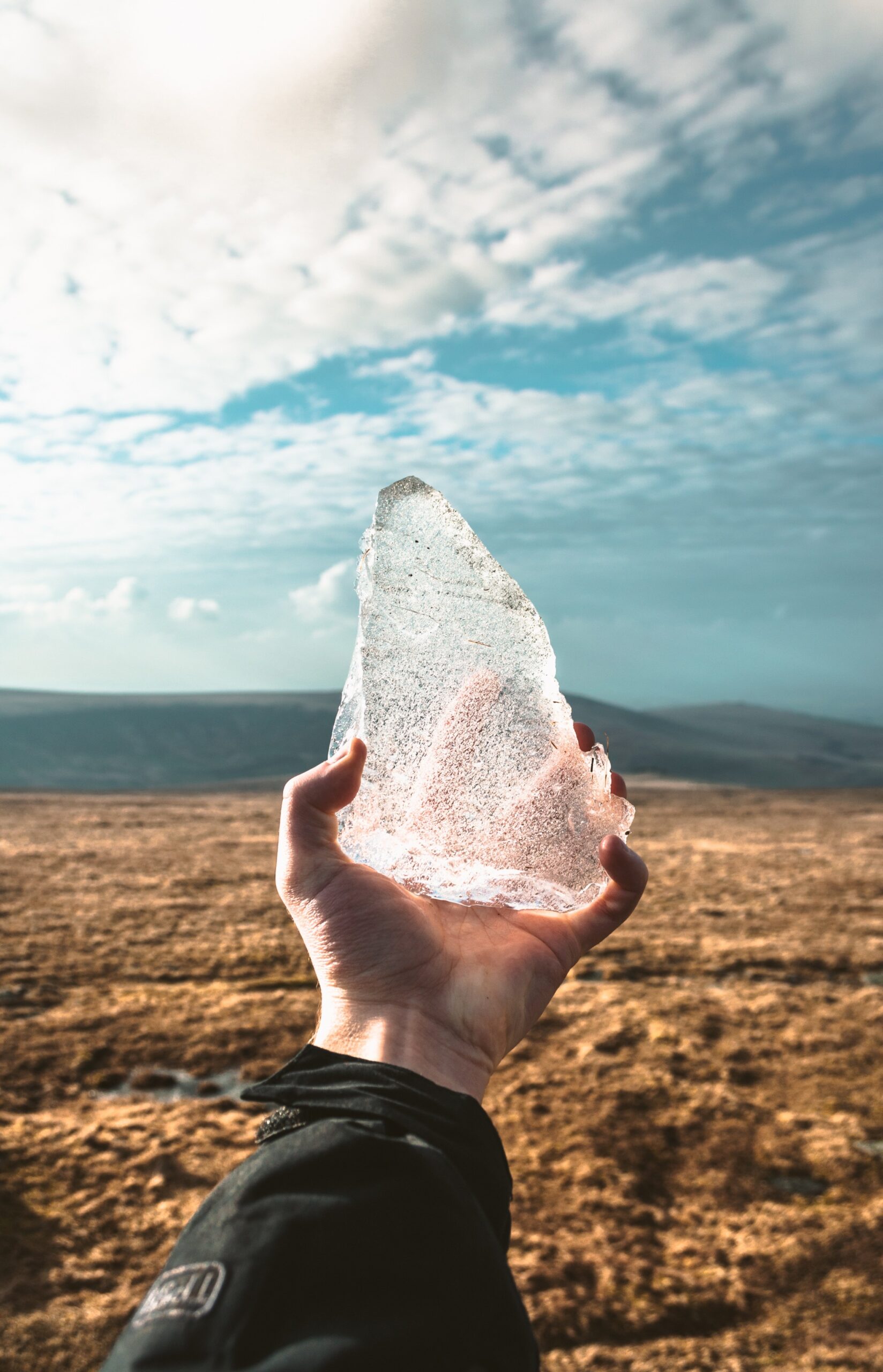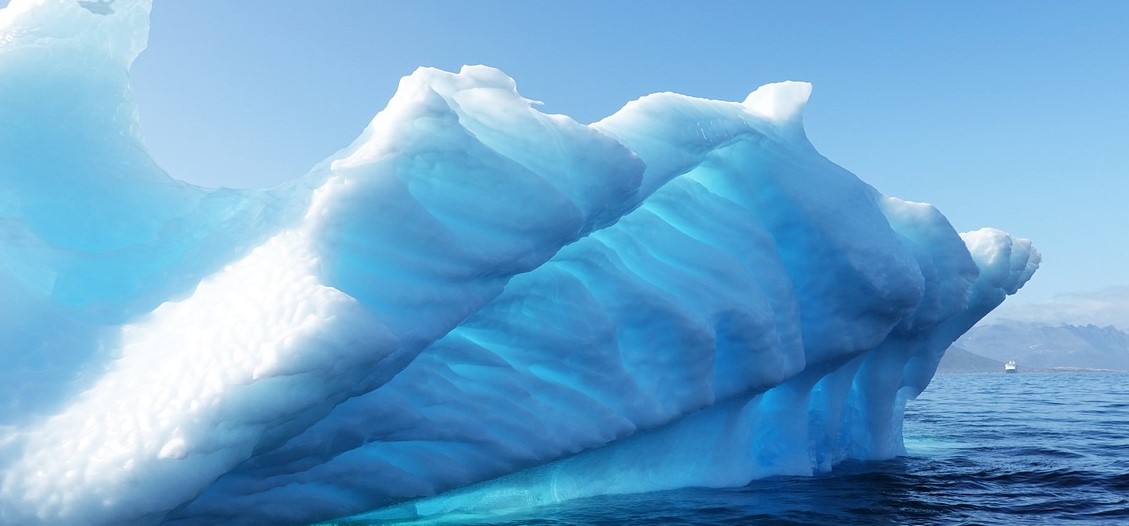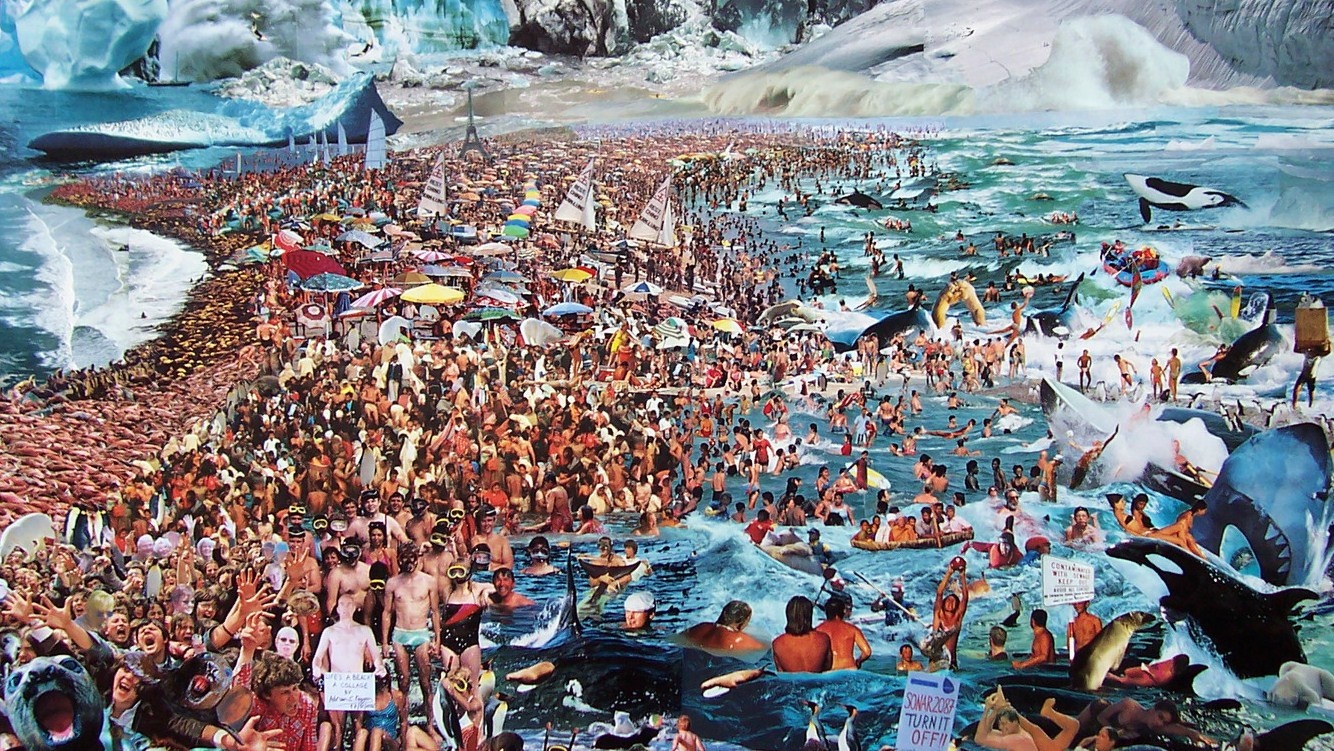
The Multi-Billion Dollar Crystal Industry May Not Be So Healing to Mother Earth

4 Easy Ways to Make Fighting Climate Change a Part of Your Holiday Traditions

Does ‘Going Green’ Really Help the Environment?

Climate Connections: Climate Change and Coronavirus Could Have Similar Solutions

The Climate Crisis Is About Social Oppression

Gucci Is Going Carbon Neutral, and Fossil Fuel Corporations Should Follow Suit

On World Population Day: How Climate Change Could Make Us Go Extinct

